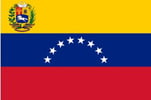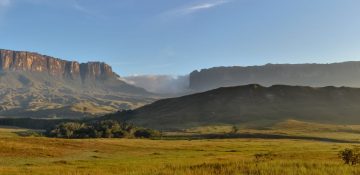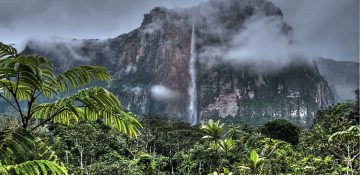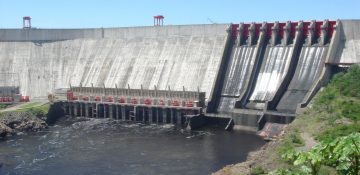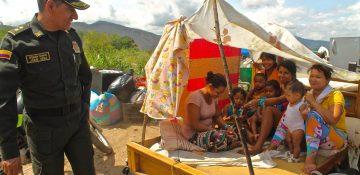How will the UK’s Temperature Change Between 2009 and 2100
- The green, blue and red lines show projected future temperature anomalies from 2006 to 2100, according to three different emission scenarios – green (low), blue (medium) and red (high). The shading around each line shows the range of temperature that might be possible with each emission scenario. The anomaly is the difference in temperature between the year’s projected temperature and the average of all years between 1970 and 1999. If the anomaly is positive, that year was warmer than the 1970-1999 average. If it is negative, that year was colder than the 1970-1999 average.
- All scenarios show future temperatures will be warmer.
- Average annual temperature is expected to increase by 0.4 to 2.4°Cby the 2060s, and 0.6 to 3.2°C by the 2090s.
McSweeney, C., New, M. and Lizcano, G. (2009) Climate Change Country Profiles – UK. Oxford University School of Geography and Environment and the Tyndall Centre for Climate Change Research. Report commissioned by the British Council, RMetS, RGS-IBG for www.climate4classrooms.org




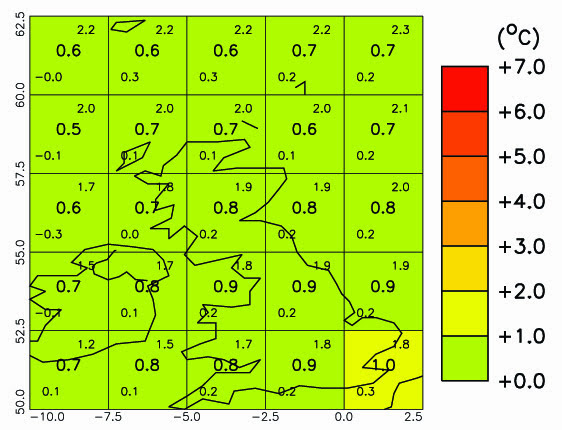
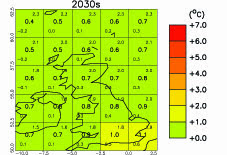


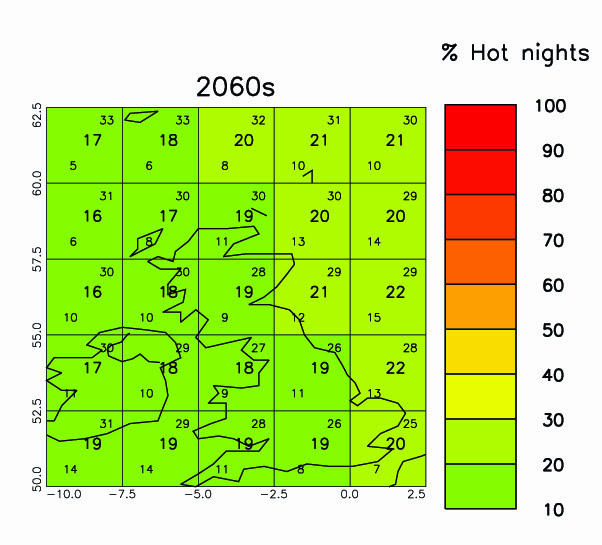

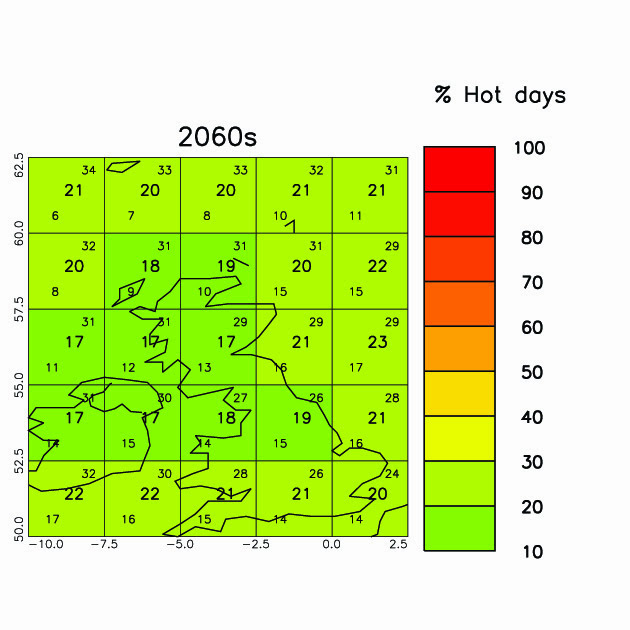
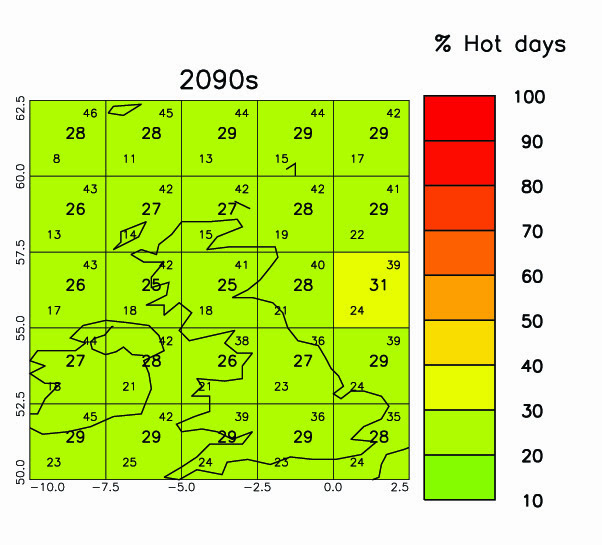


 The Climate Change Schools Resources were developed by the Climate Change Schools Project, based at the then Science Learning Centre in Durham and led by Krista McKinzey. A large number of teachers and schools in North East England were involved in their development.
The Climate Change Schools Resources were developed by the Climate Change Schools Project, based at the then Science Learning Centre in Durham and led by Krista McKinzey. A large number of teachers and schools in North East England were involved in their development.
